Trading cryptocurrencies means repeating simple tasks, consistently using a method over a long period until you master it. Trading cryptocurrencies can be like any other industry; practice makes perfect, allowing you to make decisions effortlessly.
This year marks my seventeenth year of trading cryptocurrencies. I started with 10,000, and now I support my family by trading! I can say that I have used 80% of the methods and techniques in the market. If you want to make trading cryptocurrencies your second career for a living, sometimes listening and observing more can reveal things outside your knowledge. At least it can save you five years of detours!

Indicator introduction
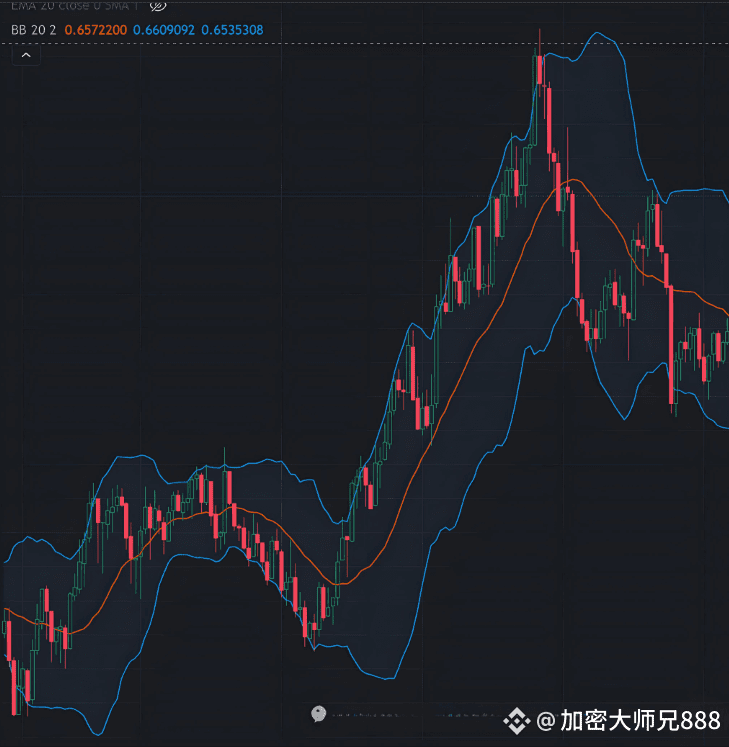
1. The principle of Bollinger Bands
Bollinger Bands were established by the famous analyst John Bollinger.
Its principle is rooted in the theory of normal distribution in statistics.
The short-term fluctuations of financial asset prices may seem random.
But in the long run, it will show regular fluctuations around a central value (mean).
This characteristic highly aligns with the feature of data dispersion around the mean in normal distribution.
1. Core statistical basis
In the normal distribution curve.
Approximately 68% of the data falls within the mean ± 1 standard deviation range.
Approximately 95% of the data falls within the mean ± 2 standard deviation range.
Approximately 99.7% of the data falls within the mean ± 3 standard deviation range.
Bollinger Bands utilize this characteristic by viewing price fluctuations as 'normally distributed random variables', calculating the average of the price series.
Values and standard deviations dynamically construct reasonable boundaries for price fluctuations.
John Bollinger discovered through extensive backtesting that.
The 20-day moving average is calculated as the mean (middle band), overlaying ±2 standard deviations as the upper and lower bands.
Can most accurately capture the normal fluctuation range of prices.
— Approximately 95% of price data will fall within this range.
The portion outside the range can be seen as 'abnormal fluctuations'.
This is also the core logic of Bollinger Bands in judging overbought and oversold conditions.
2. The underlying logic of dynamic adjustment
Price fluctuations exhibit 'clustering'.
When the market is calm, the volatility is small (small standard deviation), and the bands narrow.
When the market changes drastically, the volatility is large (large standard deviation), and the bands expand.
This self-adjusting characteristic allows Bollinger Bands to adapt to 'narrow fluctuations' during sideways consolidation.
It can also cope with 'wide fluctuations' in trending markets.
Avoids the failure of fixed interval indicators during extreme market conditions.
2. Composition of Bollinger Bands
Bollinger Bands mainly consist of three bands: upper band, middle band, and lower band.
Middle band: Generally a moving average line, the most commonly used is the 20-day moving average. It reflects the medium-term trend of the price.
Generally, it will fluctuate around the middle band.
Upper band: derived by adding two standard deviations to the middle band. It represents the price's resistance level; when the price rises near the upper band.
When it occurs, resistance may be encountered.
Lower band: derived by subtracting two standard deviations from the middle band. It represents the price's support level; when the price falls near the lower band.
When it occurs, support may be obtained.
These three lines form a channel-like area where the price usually operates.
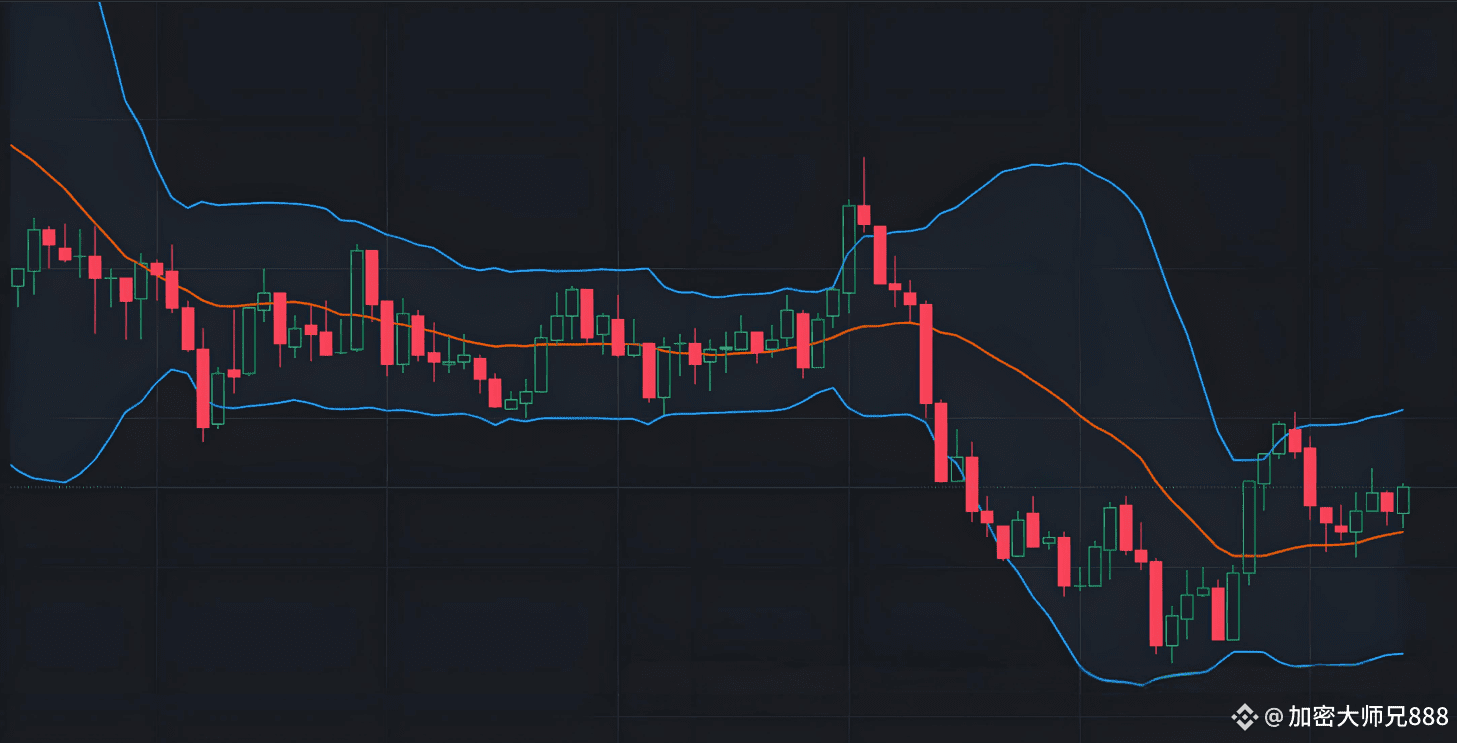
3. Core usage of Bollinger Bands
Stock prices operate within the bands: when the price fluctuates between the upper and lower bands of the Bollinger Bands.
And when the middle band shows a certain trend, it indicates that the price is in a normal fluctuation state.
If the price is moving upwards along the middle band and fluctuating between the middle and upper bands.
Typically indicates an upward trend: if the price is moving downwards along the middle band.
And if it fluctuates between the middle and lower bands, it may be in a downtrend.
Price breaks the band: when the price breaks above the upper band, it may indicate that the market is in an overbought state, and there is a possibility of a price correction.
When the price breaks below the lower band, it may indicate that the market is in an oversold state, and there is a possibility of a rebound.
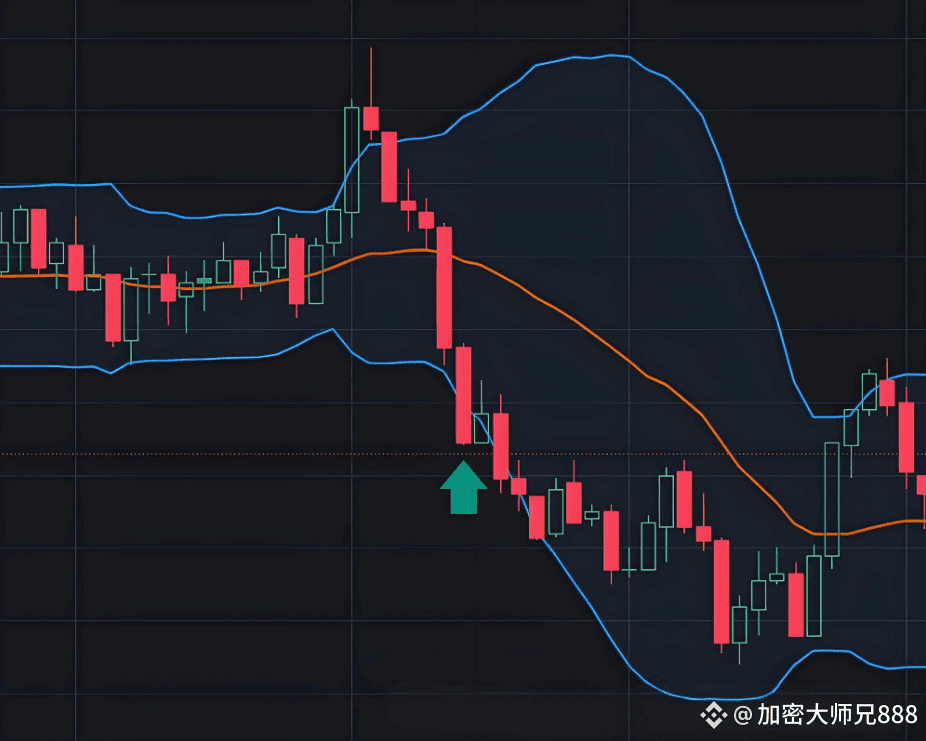
As shown in the figure above, buying when breaking below will only incur greater losses.
However, it should be noted that a breakout does not necessarily mean a trend reversal; sometimes it may signal an acceleration of the trend, which needs to be assessed in conjunction with other indicators.
Band contraction and expansion:
When the Bollinger Bands contract, it indicates that the price volatility is decreasing, and the market is in a consolidation state, potentially leading to significant fluctuations later.
When the bands expand, it indicates that the price volatility is increasing, and the market trend may be strengthening.
4. Applicable markets for Bollinger Bands:
Bollinger Bands are applicable to various financial markets such as stocks, futures, and forex, as these markets exhibit certain volatility patterns that can be analyzed using Bollinger Bands.
Applicable periods: Whether for short-term intraday trading, medium-term swing trading, or even long-term trend judgments, Bollinger Bands can be effective.
However, in different periods, the parameters of Bollinger Bands may need to be adjusted appropriately.
Limitations: Although Bollinger Bands are practical, they also have certain limitations.
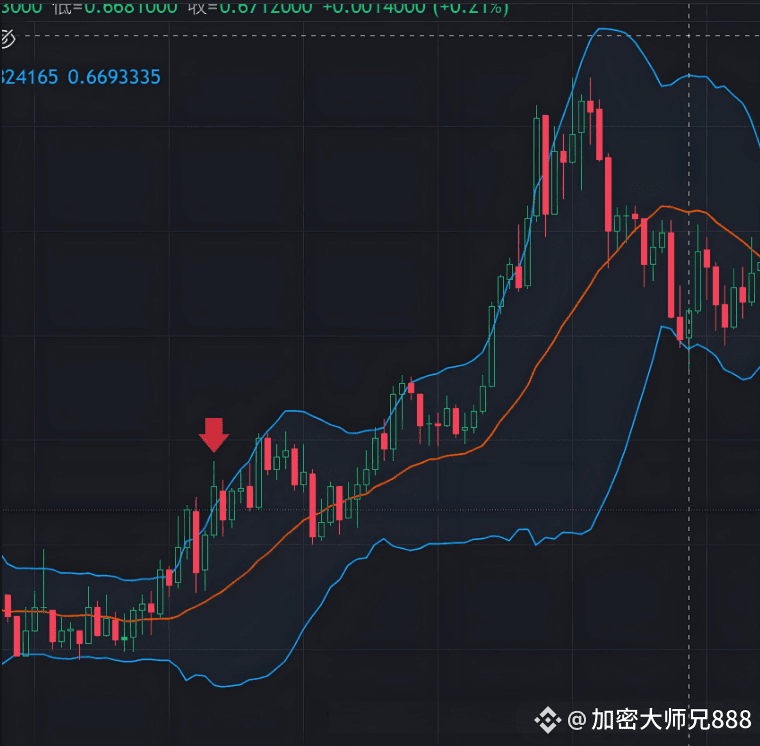
A breakout does not necessarily mean a price correction.
It cannot be used solely as the only basis for trading decisions; it must be combined with other indicators such as volume and MACD to improve judgment accuracy.
Additionally, during extreme market conditions, prices may remain outside the Bollinger Bands for a long time, at which point the reference significance of the bands will weaken.
In summary: Bollinger Bands are a simple and effective technical indicator. Mastering their principles, components, core usages, and applicable perspectives can provide strong support for our investment decisions.
Providing strong support for our investment decisions.
This is the most practically meaningful Bollinger Band strategy. These techniques can be applied in different markets, different assets, and different periods, suitable for most traders to learn and use.
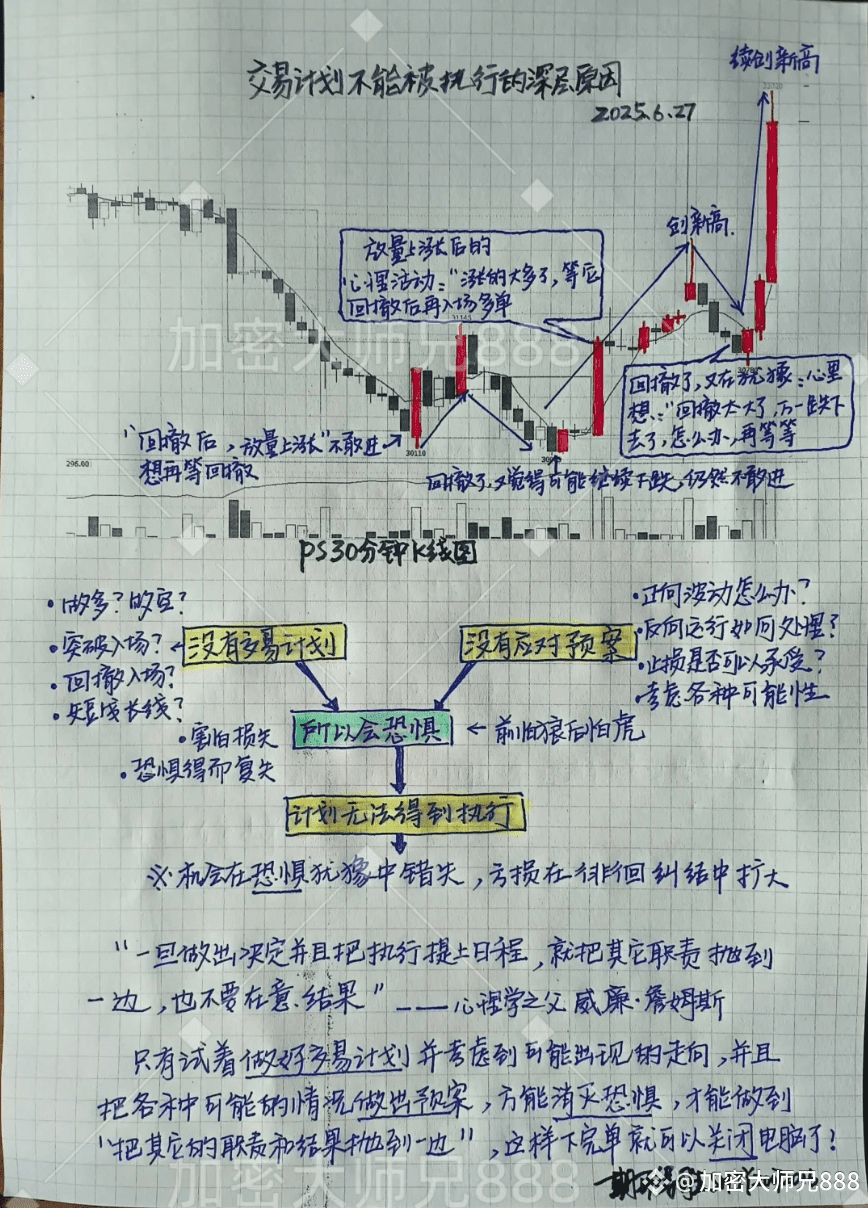
No matter how diligent a fisherman is, he will not go out to fish in stormy weather but will carefully guard his boat. This season will pass, and a sunny day will come! Follow @CryptoMaster888, teaching you to fish and how to fish. The door to cryptocurrency will always be open, and only by going with the trend can you have a life that flows with it. Save this and keep it in mind!